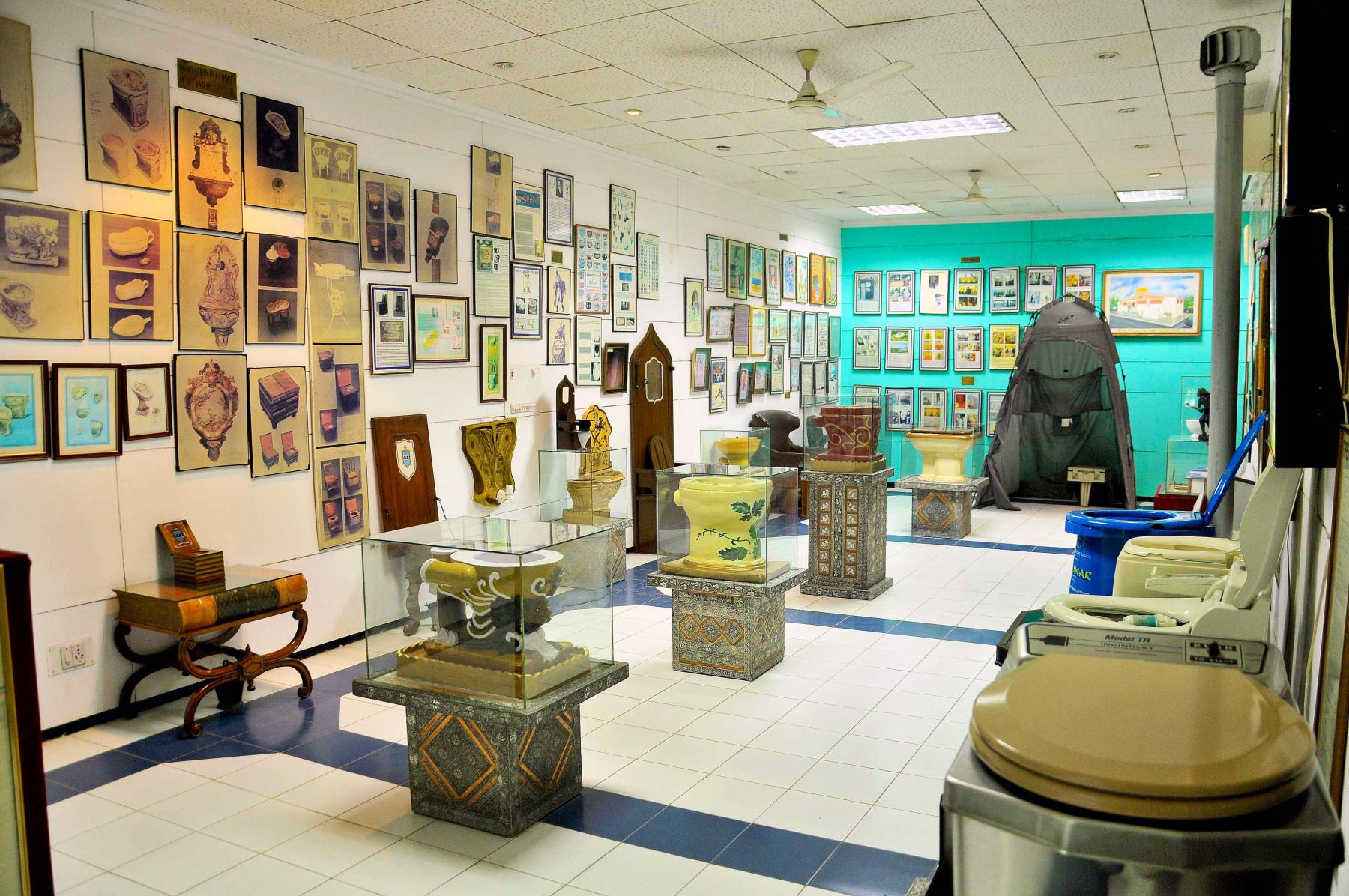The final moments before the curtain rises. The whole of Paris has descended to an ornately-designed hall that can only accommodate 150 people; more than 500 are trampling inside. Sergei Diaghilev nervously looks on as his dancers prepare to grace the stage. Vaslav Nijinsky, the wonder kid is practicing his surreal leaps. Claude Debussy, Maurice Ravel, and Igor Stravinsky prepare the music score.
Try as we may, no grandiose terms would be able to define the sensation The Ballets Russes were for gay Paris. Till their arrival, the ballet was thought to be dead. It was the arrival of Diaghilev’s troupe that transformed French appetite which now wished to consume the dynamic, revolutionary, and highly unorthodox dancing style from Russia.
Yet it wasn’t just the stellar cast and god-like presence of Nijinsky that defined the ballet. Enormous set designs dictated the style of choreography; this was where Oriental themes were first introduced to the public. While the idea of the Orient was written about by travelers, these sets brought it to life for the common masses. Quite naturally, the costumes played an important role in setting the scene – and this where artists like Leon Bakst, Vasily Kandinsky, and Picasso came – not to paint, but to design and make clothes.

Bakst’s costumes were richly decorated with motifs and shapes. A mix of dense painting, dying, and embroidered jewelry portrayed an exaggerated view of the East which was slowly picked up by Paris – the Orient was seen as unusual, spicy, and passionate because Bakst made it so. The Russian artist quickly became the center of Parisian high society – women used to flock backstage into his room to try their hands on his designs. In fact, much similar to a fate that was to greet Salvador Dali, Bakst’s popularity meant that a lot of illegal rip-offs, ‘a-la-Bakst,’ were now produced in America! Such was the craze for his works.

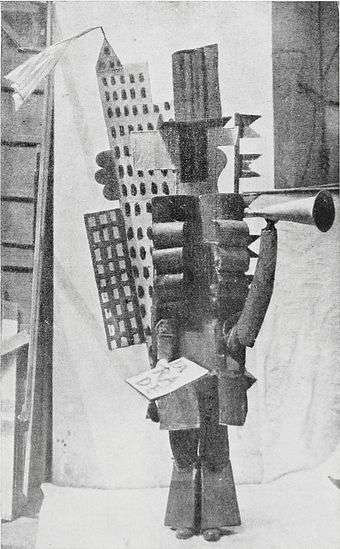
Picasso’s position was rather fraught, however. Most famously known for his designs of the show Parade, Picasso began working with a cardboard box that he painted with vivid colors. His works represented skyscrapers and boulevards and were largely received positively, seen as another of his ‘cubist’ works – which were slowly fashioned by high-society women at balls and weddings. His cubist followers, however, were not on the same page – since the onset of the Great War, Picasso’s association with Diaghilev was seen as elitist, leaving behind the common voices he represented with cubism.
More risky than risque
American socialite Wallis Simpson found herself in an awkward position in 1937. Receiving a blow to her reputation in the press with concerns regarding her second upcoming divorce – from Edward VIII, who had abdicated the throne to marry her – Simpson had a daring idea for her need of a makeover: a photo shoot in Vogue, in a gown co-designed by one of contemporary art’s most sought-after figures. Unknowingly, this wasn’t fortunate circumstances for her, as the gown was designed by Salvador Dali.
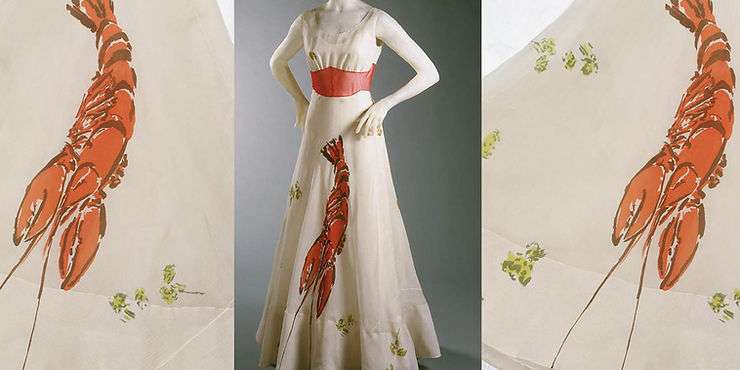
Dali had teamed up with legendary Italian fashion designer Elsa Schiaparelli, whose gown featured an oversized lobster from Dali’s works. While Simpson’s idea was to showcase bold new thinking, it worsened the circumstances for her – Dali was vocal about the emblem laced with sexual undertones, the most shocking of which were his idea of emasculation – and in the wake of Edward’s abdication, it couldn’t have sent more cold ripples.
It’s anyone’s guess to imagine whether Schiaparelli or Simpson knew what the crustacean meant, but it hasn’t been the only incident where art and fashion have collided.
Unveiled in 1965, French designer Yves Saint Laurent’s adaptation of Piet Mondrian’s grids was another heated sensation. While Saint Laurent insisted it was his admiration of Mondrian’s ‘pure’ work that inspired him, his commodification does stand at odds with what Mondrian’s ideas were. Mondrian was one of the founders of abstract art in the west. Inspired by theosophical teachings from India, he utilized simplistic designs to draw people’s focus away from fleeting commodification and distractions, to greater abstractions.
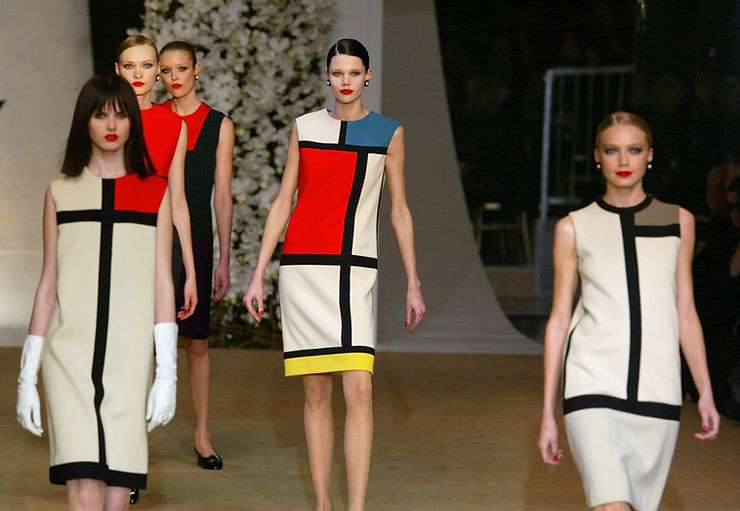
But to say such episodes would’ve deterred a growing relationship between art and fashion would be a gross mistake. In fact, on the contrary, their relationship has grown less fraught over the years. And to think, it’s interesting to imagine there was a moment where we would think of them as two separate entities – we’re not talking about the creativity that goes in their making, but something more poetic – for even a painter’s canvas is made from cloth, so what’s a painting on a gown?
Art and the Indian couture
Fashion designers Gauri and Nainika have found their inspirations for their collections in art – and right from when they were young children. In a recent conversation with Kiran Nadar Museum of Art, they talked about how their childhoods were immersed in Hussains, Razas, Tyeb Mehta, and other masters. In fact, when they were in Nift, their works were inspired from Cubism (Nainika) and Sir Lawrence Alma-Tadema (Gauri). Color has always been an integral play in their works – reflective in their collection that was inspired by Kandinsky.

And while they’ve expressed their love for the masters, their recent collaborations with contemporary artists like Alpesh Dave and Travis Black just shows how their love of art transcends all bounds and attaches in their creative style of fashion. As Nainika remarks,“…Art will always continue to inspire creative people…”
Showcasing his work ‘Lumen’ at India Couture Week 2019, Amit Aggarwal remarked his inspiration came from witnessing an immersive show at Saatchi Art Gallery in London. Titled ‘We Live In An Ocean Of Air,’ Aggarwal saw a connection between plant and animal – its visual depiction there becoming the base for his subsequent inspiration. For Aggarwal, “‘Lumen’ is a celebration of that unique light that illuminates us and makes us the individuals that we are.”
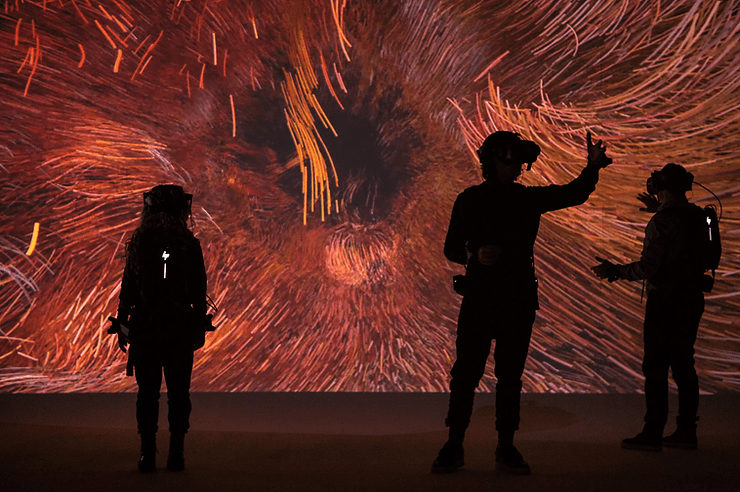
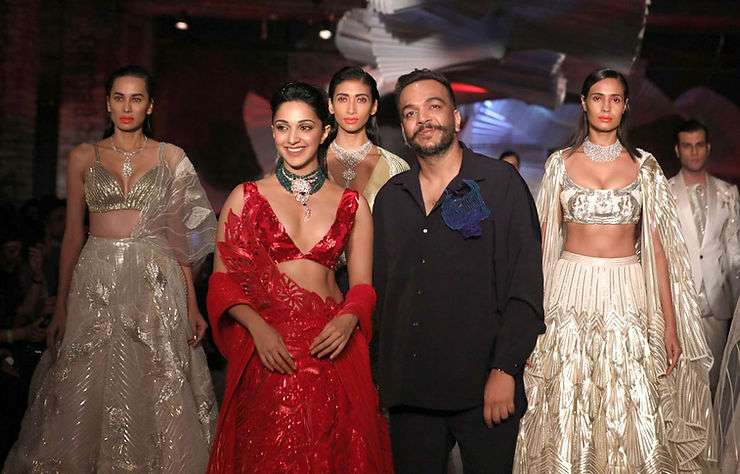
For the 5th edition of India Today Art Awards, Yayoi Kusama’s illustration of Alice’s Adventures in Wonderland inspired Aggarwal to design a dress. In fact, Kusama’s style has had several takers, another being graphic artist Shweta Malhotra, and her minimal wardrobe.

At the Lakme Fashion Week 2019, Ayushman Mitra of Bobo Calcutta showcased his work that was poignant with Picasso-esque faces and eyes from the works of Jamini Roy. Another figure of Frida Kahlo is part of the ensemble – which is a comment against censorship, as the figures are shown in an intimate embrace. As Mitra remarks, “Frida, because of her audacity and how playful and dark she can be… From Picasso, there’s actually one particular work – The Weeping Woman – that inspires me. It’s amazing how someone can break form like that.”


Art-in the cat(walk)
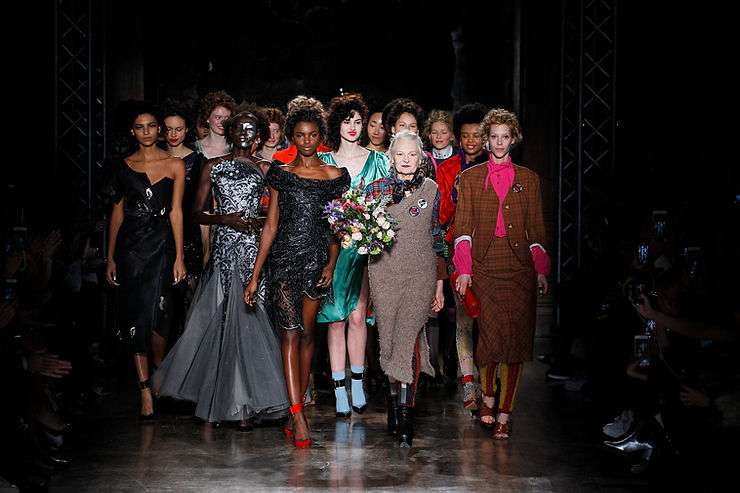
Where does this leave us with our marriage of fashion and art? Certainly, collaborations today are less fraught than they were before. In fact, fashion embracing art has sprouted several symbolisms – Vivienne Westwood, for example, promoted her Fall Winter 2016 collection as something ‘heavily influenced’ by Donatello and El Greco. The idea of the ‘inspiration’ lends seriousness to the threads and leaves us figuring out exactly what classicism is visible in her work.
And that is its masterstroke – in an industry that has incorporated an idea of ephemerality as an aesthetic, a claim that Donatello’s art inspired a gown makes us look at it closer – and what else are we to do with a work of art, if not look?
Hungry for more? Take a look here at how technology is intersecting with the art world, and with incredible results!



